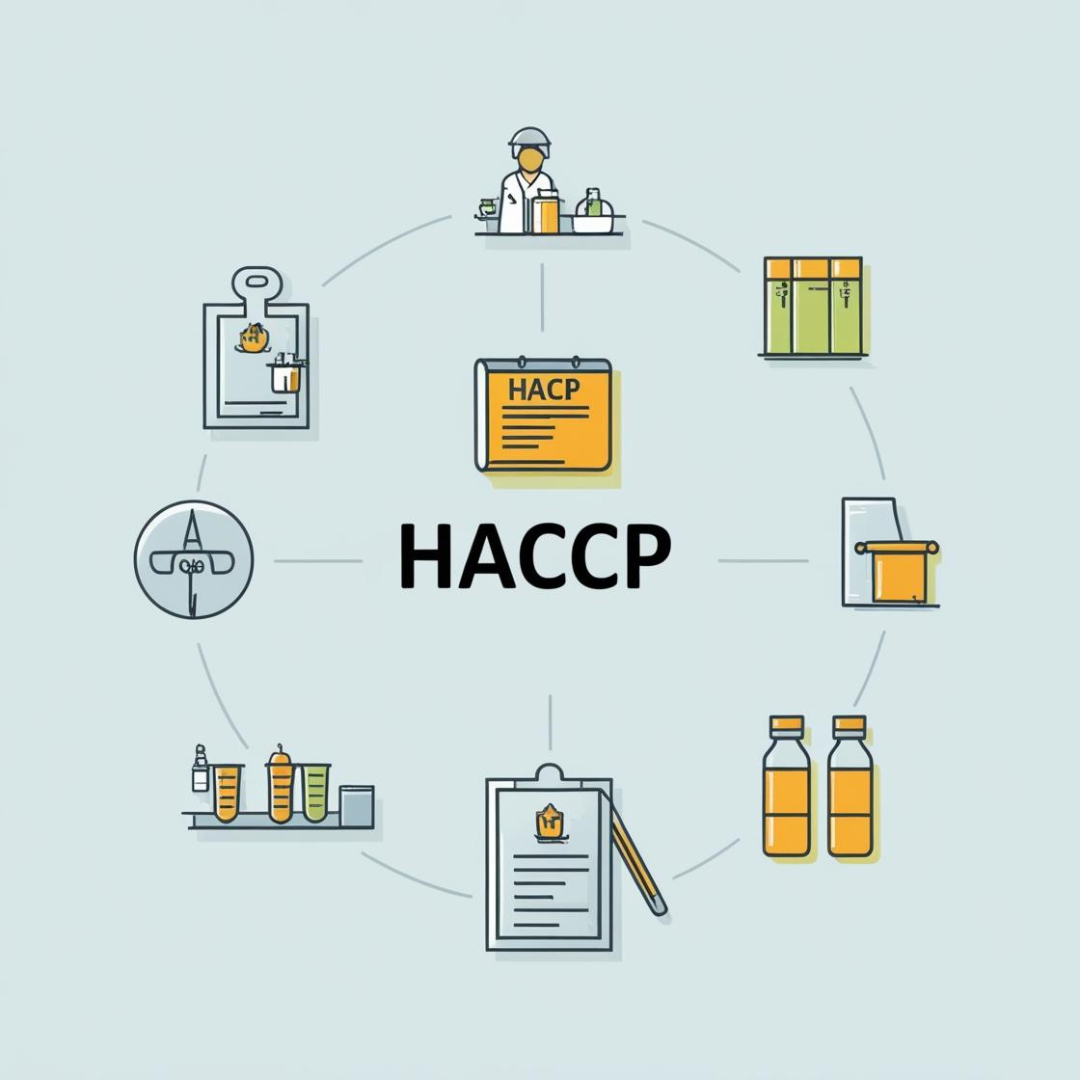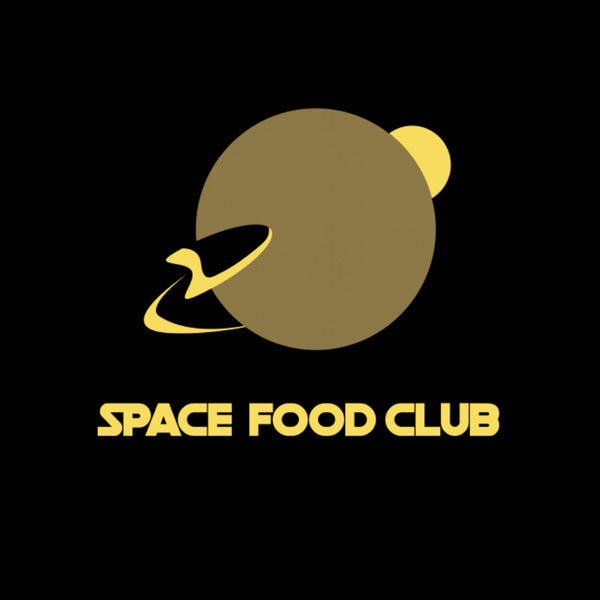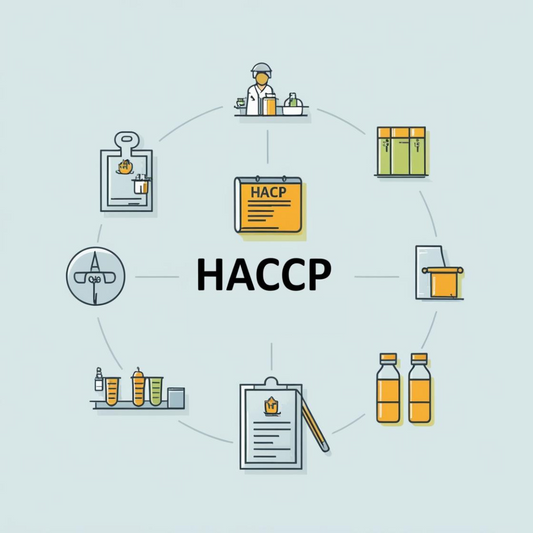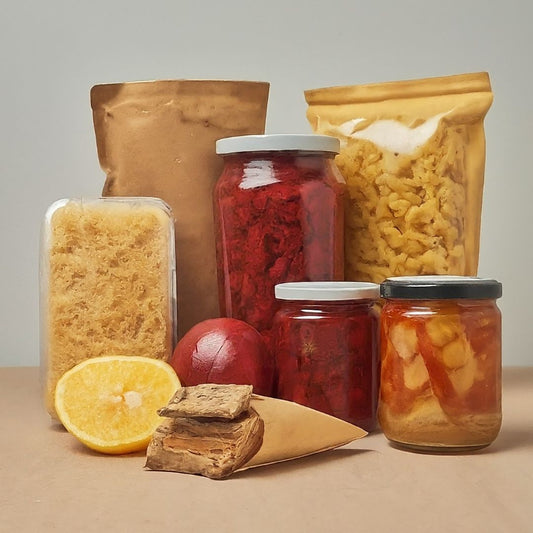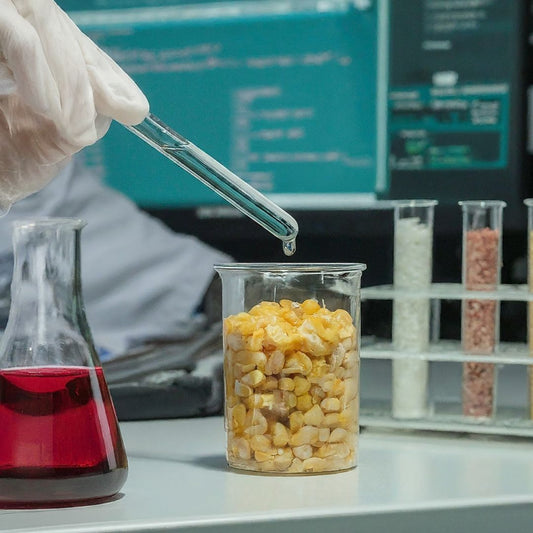Clean Label Products
Share
It refer to food and beverage products that have simple, natural, and recognizable ingredients, with minimal processing. They align with consumer demands for transparency, health, and sustainability in the food industry.
Key Features of Clean Label Products
1. Simple Ingredients: Use of minimal and easily recognizable ingredients (e.g., sugar, salt, vinegar).
2. No Artificial Additives: Avoidance of artificial flavors, colors, preservatives, and sweeteners.
3. Natural and Organic: Preference for natural, organic, and non-GMO ingredients.
4. Transparency: Clear labeling of ingredients and sourcing information.
Technologies and Approaches in Clean Label Products
1. Natural Preservatives:
Rosemary extract, tocopherols (Vitamin E), and fermented ingredients for shelf life extension.
2. Natural Colors and Flavors:
Beet juice for red, turmeric for yellow, and spirulina for green.
3. Enzymes and Fermentation:
Enzymes like amylase and pectinase replace chemical additives for processing.
Fermented foods naturally enhance flavor and shelf life.
4. Alternative Sweeteners:
Natural sweeteners like stevia, monk fruit, and coconut sugar.
Real-Time Examples of Clean Label Products
1. Kellogg's Cereals
Reduced artificial flavors and colors in cereals like Corn Flakes and Special K.
Focus on natural sweeteners and whole grains.
2. Nestlé Natural Bliss Coffee Creamer
Made with just milk, cream, sugar, and natural flavoring.
Free from artificial additives.
3. PepsiCo’s Naked Juice
Juice and smoothie products with no preservatives or added sugars.
Labels emphasize “100% Fruit and Vegetable Juice.”
4. Danone’s Activia Yogurt
Simplified recipe with milk, live cultures, and natural fruit purees.
Promotes gut health through probiotics.
5. Tyson’s Naturals Chicken Strips
Made with 100% natural ingredients and no antibiotics.
Highlight clean protein sourcing on packaging.
6. Kind Bars
Use whole nuts, seeds, and natural sweeteners like honey.
Transparent labels highlight ingredient simplicity.
7. Hellmann’s Real Mayonnaise
Reformulated to use cage-free eggs and no artificial colors or flavors.
Focus on sustainability and clean ingredients.
Benefits of Clean Label Products
1. Consumer Trust: Transparency fosters trust and loyalty.
2. Health Appeal: Attracts health-conscious consumers.
3. Sustainability: Aligns with eco-friendly and ethical practices.
4. Regulatory Compliance: Avoids controversial additives banned in some countries.
Challenges
1. Cost: Clean label ingredients can be expensive.
2. Shelf Life: Natural alternatives may reduce shelf stability.
3. Formulation Complexity: Balancing taste, texture, and functionality without artificial additives.
Future Trends
1. AI and Blockchain for Transparency: Providing detailed sourcing and ingredient tracing.
2. Clean Label in Packaged Foods: Expansion to processed snacks and ready-to-eat meals.
3. Functional Clean Label Foods: Combining clean labels with health benefits like liver detox or gut health.
